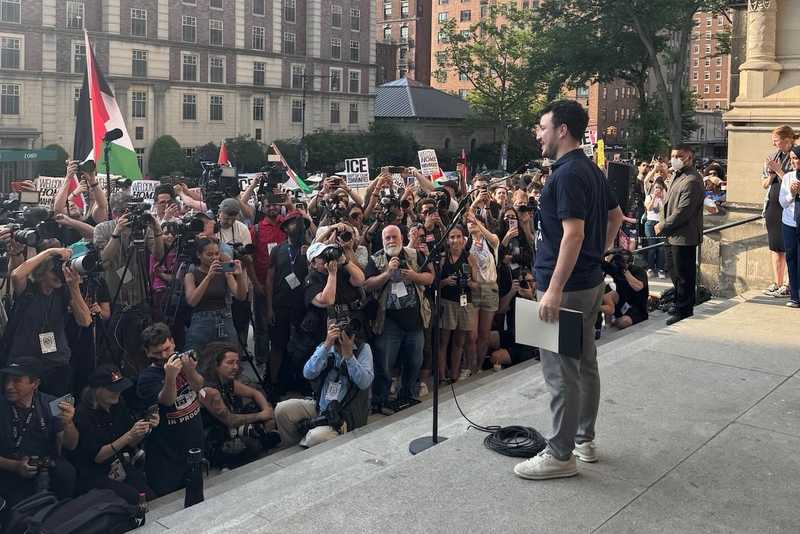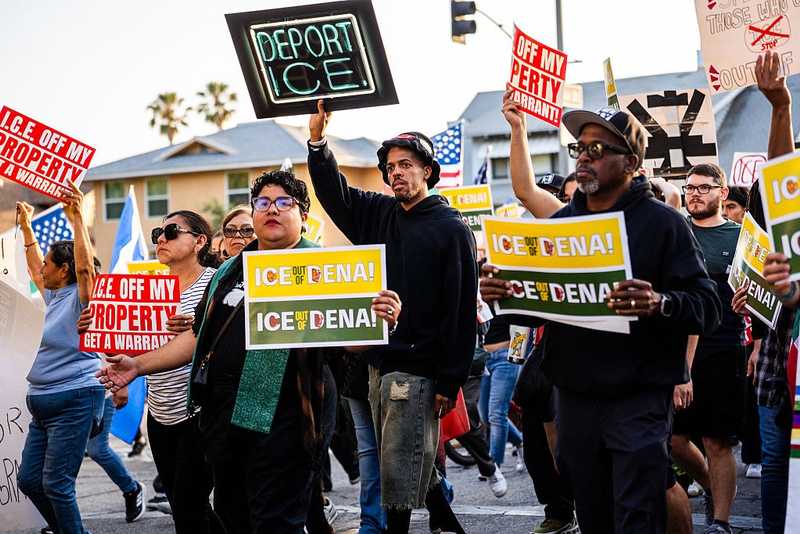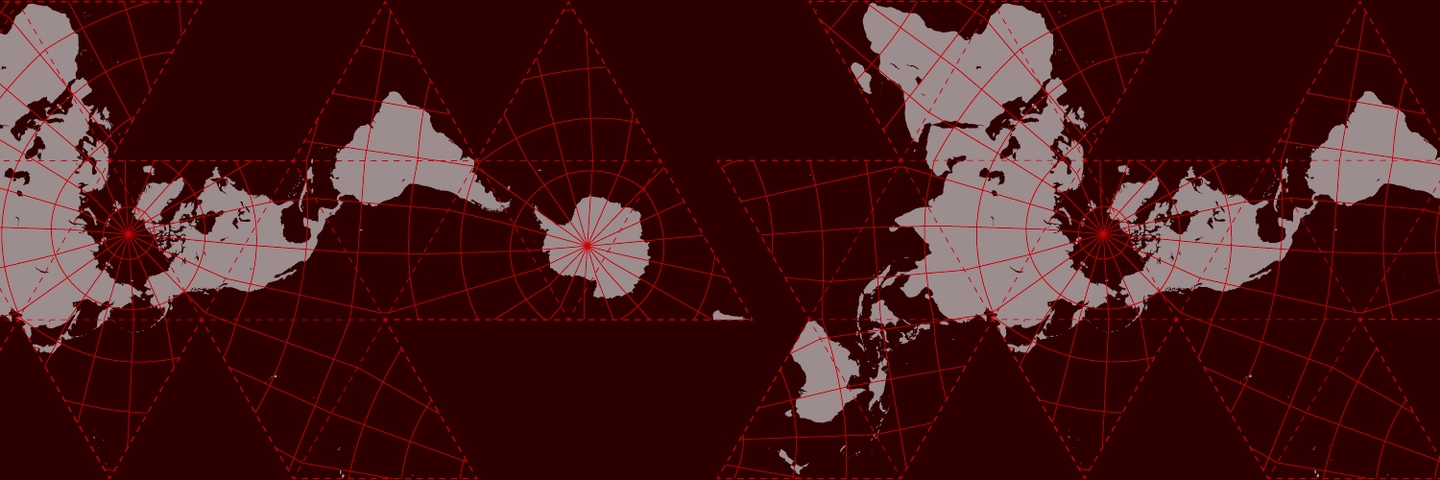
Mediapart: In 2016, you published a first report, Borders Wars, which maps border surveillance in Europe. What’s the context in which you started working on this?
Mark Akkerman: We have to remember that Europe has a long history of tracking migrants and securing borders. As Dutch investigative journalist Linda Polman has shown, it goes back to the Second World War and the refusal to support and shelter Jewish refugees from Germany. Since the creation of the Schengen area in the early 1990s, the opening of the borders within this area was closely linked to the strengthening of the control and security of external borders. Since then, it has been a continuous process marked by several phases of acceleration.
Our first report emerged during one of these phases. I started this work in 2015 when the term “migration crisis” first appeared, which I would rather describe as the tragedy of exile. Many people, mainly escaping the Syrian war, are trying to find a safe future in Europe. In response, the EU and its member states concentrate their efforts on securing the borders and returning people in exile from European territory.
A significant part of this involves militarising borders, strengthening Frontex’s powers and increasing its funding. Refugees are portrayed as a threat to Europe's security, and migration as a “security problem”. This is a narrative largely driven by the military and security industry lobby, which has been the main beneficiary of these policies, with growing budgets and contracts concluded in this context.
Five years after your first report, how do you analyse the European border security policy? Has the pandemic influenced it?
Since 2016, Europe has remained on the same path. Strengthening, militarising and outsourcing border security are the only responses to migration. More walls and fences have been erected, new surveillance, detection and control equipment has been installed, new agreements with third countries have been secured, and new databases have been developed to track exiled people. From this perspective, the policies visible in 2016 continued, intensified and expanded.
The Covid-19 pandemic certainly played a role in this process. Many countries introduced new security and border control measures to contain the virus. It has also served as an excuse to target refugees again, presenting them as threats responsible for the spread of the virus.
As always, some of these temporary measures will become permanent. We are already seeing, for example, the evolution of border controls towards the use of contactless biometric technologies.
In 2020, the EU chose Idemia and Sopra Steria, two French companies, to build a biometric control file to regulate entry and exit from the Schengen area. What do you think of these databases?
There are many biometric databases used for border security. The European Union has been encouraging their development for several years. More recently, it has insisted on their necessary connection, their so-called interoperability. The objective is to create a global system for detecting, monitoring and tracking the movement of refugees on a European scale to facilitate their detention and deportation.
This contributes to creating a new form of “apartheid”. These files are intended to speed up border control processes for national citizens and other acceptable travellers, but above all, to arrest or expel undesirable migrants through the use of increasingly sophisticated computer and biometric systems.
What are the concrete consequences of these surveillance policies?
It is becoming more and more difficult and dangerous to migrate to Europe. Because they are confronted with violence and turned away at borders, these people are forced to seek other — often more dangerous — migration routes, which creates a real market for smugglers. The situation is no better for refugees who manage to enter European territory. They regularly end up in detention, are deported or forced to live in disastrous conditions in Europe or in neighbouring countries.
This policy does not only affect refugees. It poses a risk to the public freedoms of all Europeans. In addition to their use for a racist migration policy, surveillance technologies are also “tested” on migrants who have difficulty asserting their rights. Later, they are then introduced to the wider public. Refugees are the guinea pigs for future control and surveillance policies in European countries.
You also point out that the manufacturers who supply weapons to the belligerents in non-European conflicts, which are often drivers of migratory movements, are those who benefit from the border business.
This is what Thales does in France, Leonardo in Italy or Airbus. These European security and military companies export weapons and surveillance technologies all over the world, especially to countries at war or to authoritarian regimes. For example, over the last ten years, Europe has exported technology to the Middle East and North Africa to the tune of €92 billion, involving countries as controversial as Saudi Arabia, Egypt and Turkey.
If they flee their countries, the civilian populations exposed to war in these parts of the world will almost certainly be confronted with technologies produced by the same manufacturers as they cross the borders. This is a deeply cynical way of profiting twice from the misery of the same population.
Which companies benefit most from the European border surveillance policy? Through which mechanisms? I am thinking of research programmes such as Horizon 2020 and Horizon Europe, in particular.
I identify two types of companies that benefit from the militarisation of Europe's borders. Firstly, the large European military and security companies, such as Airbus, Leonardo and Thales, which all have a wide range of weapons and surveillance technologies. For them, the “border market” is one of many. Secondly, specialised companies, which work in niche markets, also benefit directly from this European policy. This is the case of European Security Fencing, a Spanish company that manufactures barbed wire. They get rich by winning contracts, not only at a European level, but also at national and local levels.
Another source of funding is the European Framework Programme for Research and Innovation. It funds projects over seven years and includes a border security component. There are also programmes under the European Defence Fund.
One of your research projects, Expanding the Fortress, looks at partnerships between Europe and third countries. Which countries are involved? How do these partnerships work?
The EU and its member states are trying to establish cooperation on migration with many countries in the world. The focus is on countries identified as “transit countries” for those who aspire to come to the European Union. Europe has many agreements with Libya, including the provision of military equipment. This is a country where the torture and killing of refugees have been widely documented.
Agreements also exist with Egypt, Tunisia, Morocco, Jordan, Lebanon and Ukraine. The EU has financed the construction of detention centres in these countries; serious human rights abuses have been documented on several occasions.
Are these non-European countries as laboratories for European surveillance companies?
No, it is rather the European borders, such as the Evros border between Greece and Turkey, that serve as laboratories. The transfer of equipment, technology and knowledge for border security and control, on the other hand, is an important part of this cooperation. This means that European states provide training, share intelligence or supply new equipment to the security forces of authoritarian regimes.
These regimes can thus strengthen and expand their capacity for repression and human rights violations with the support of the EU. The consequences are devastating for their populations. This then serves as a catalyst for new waves of migration.
Photo: Noborder Network, Flickr



